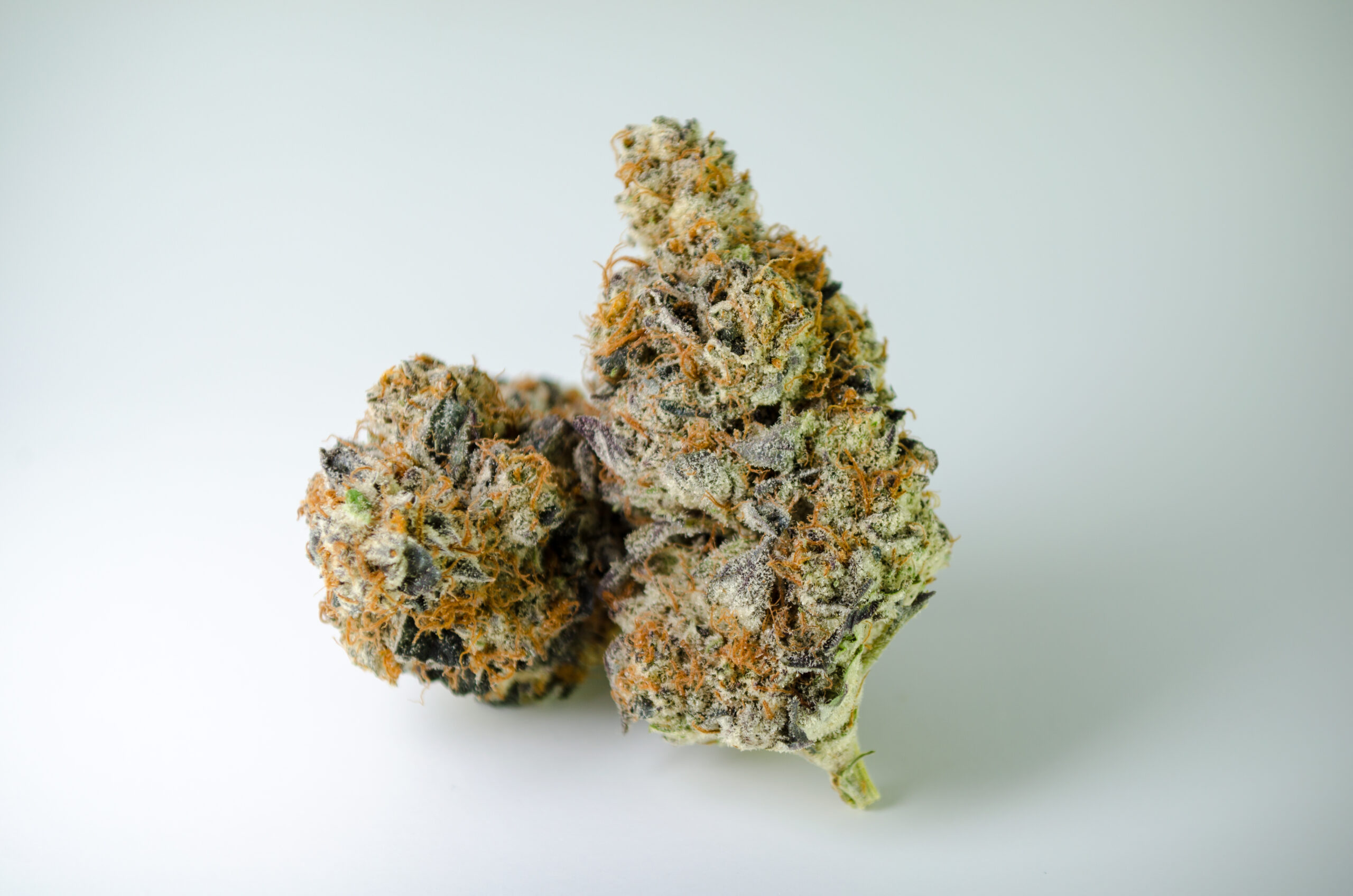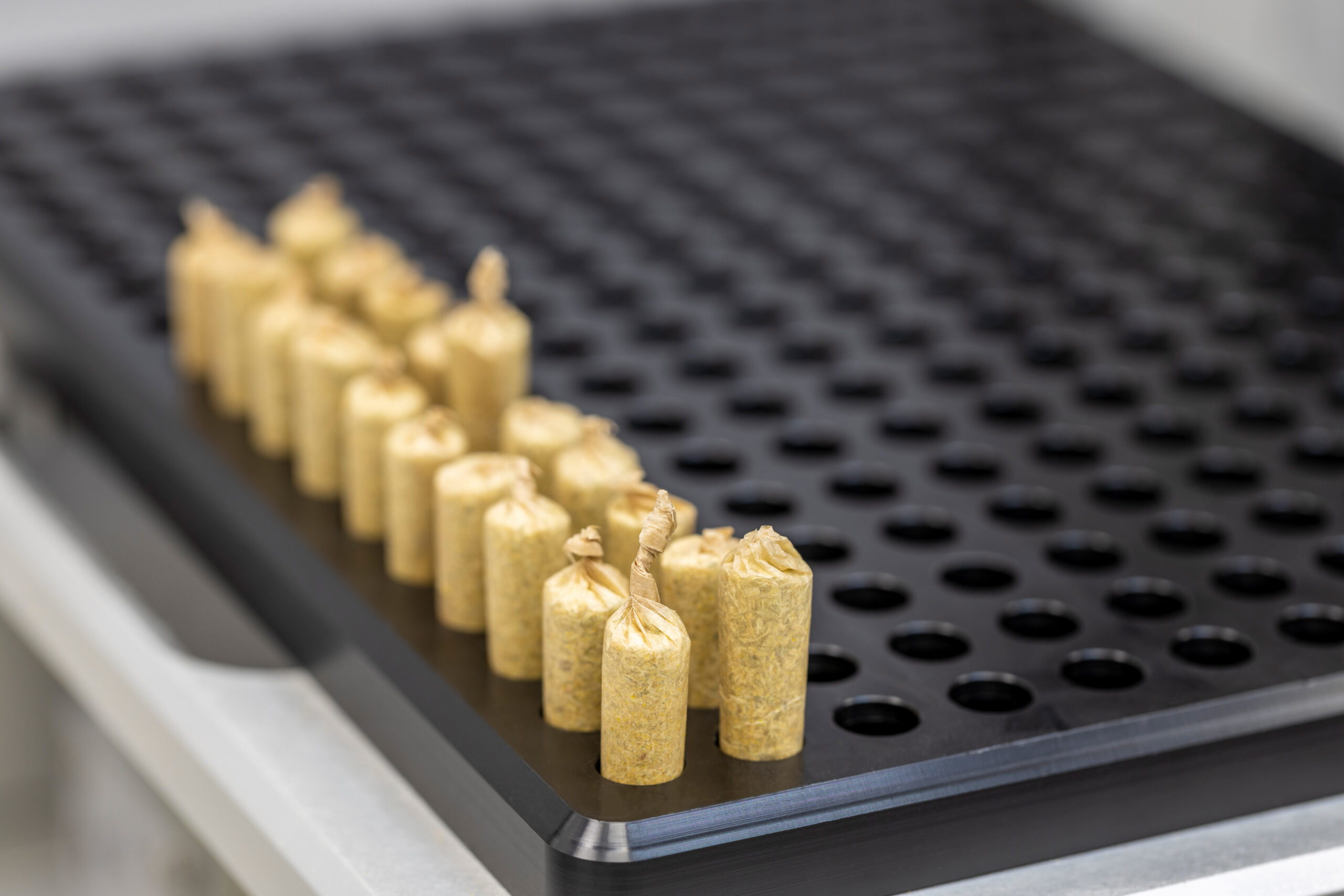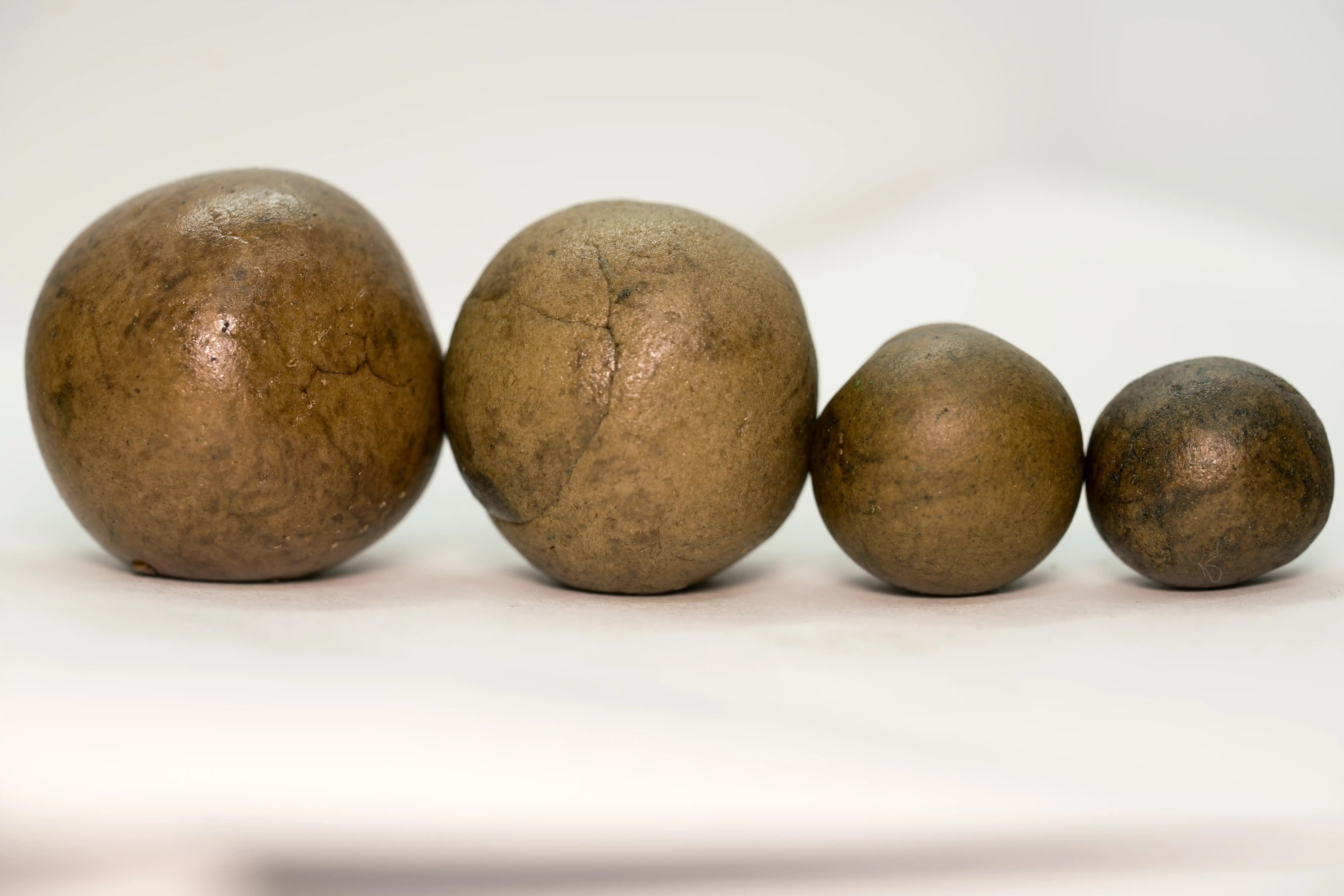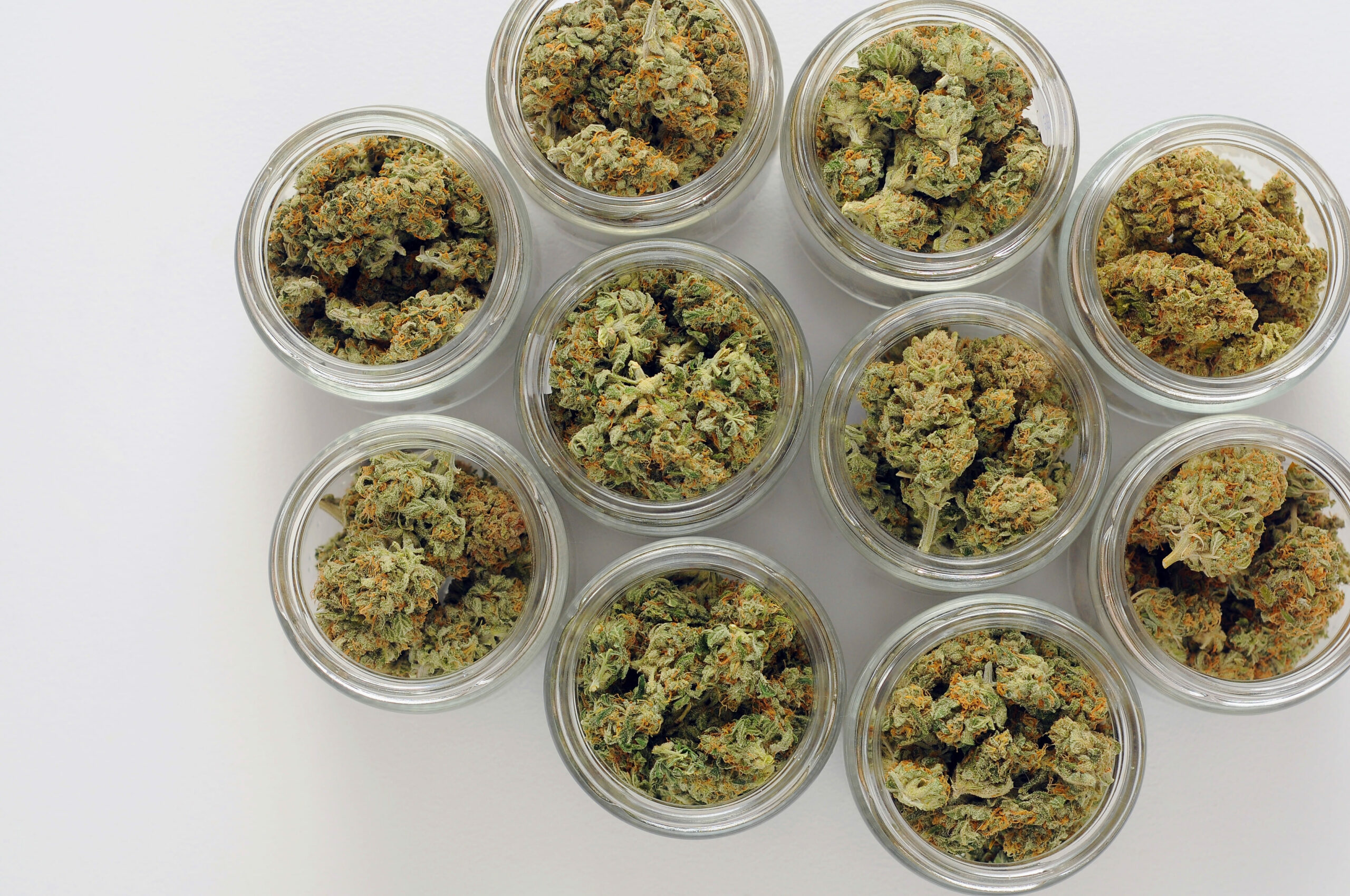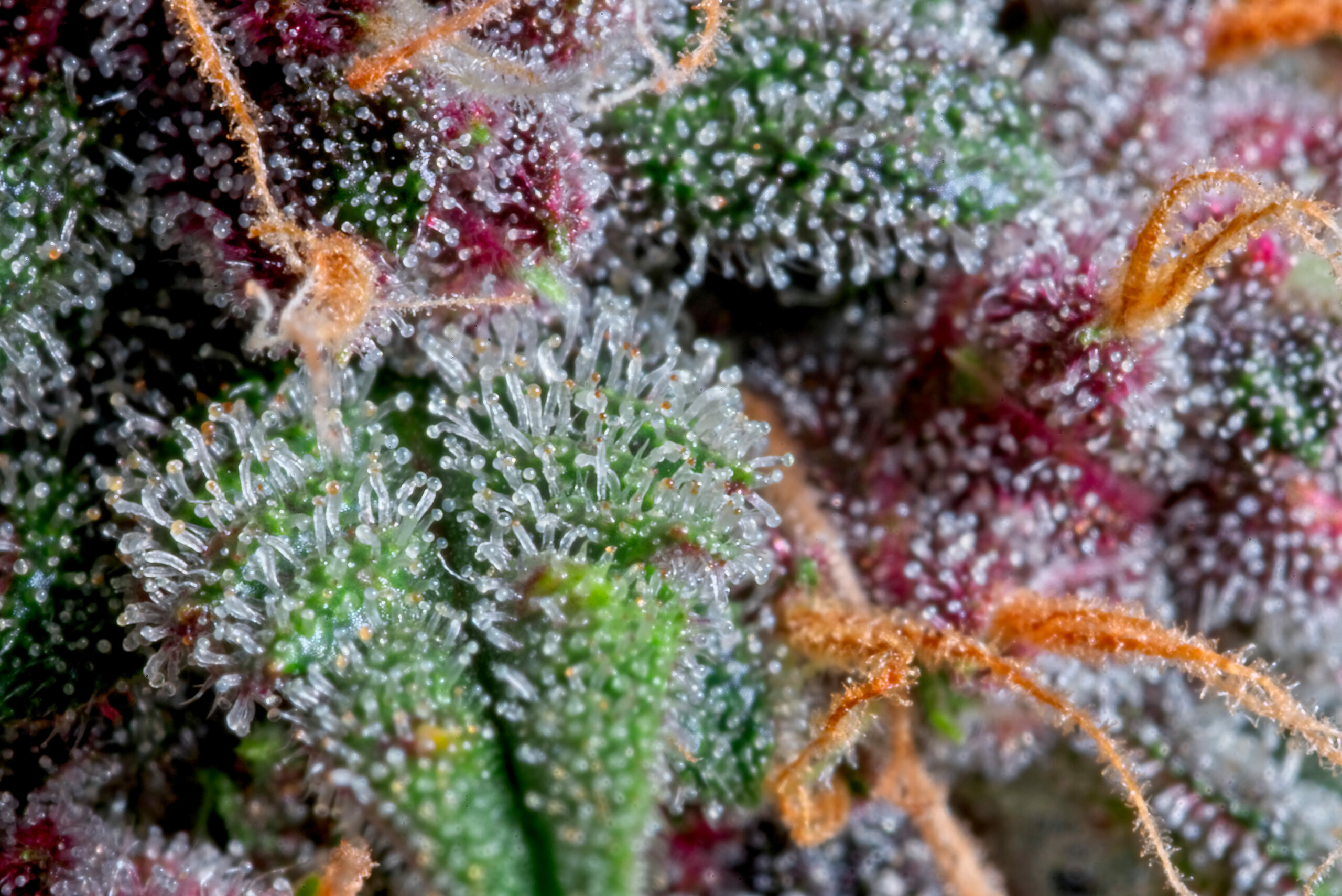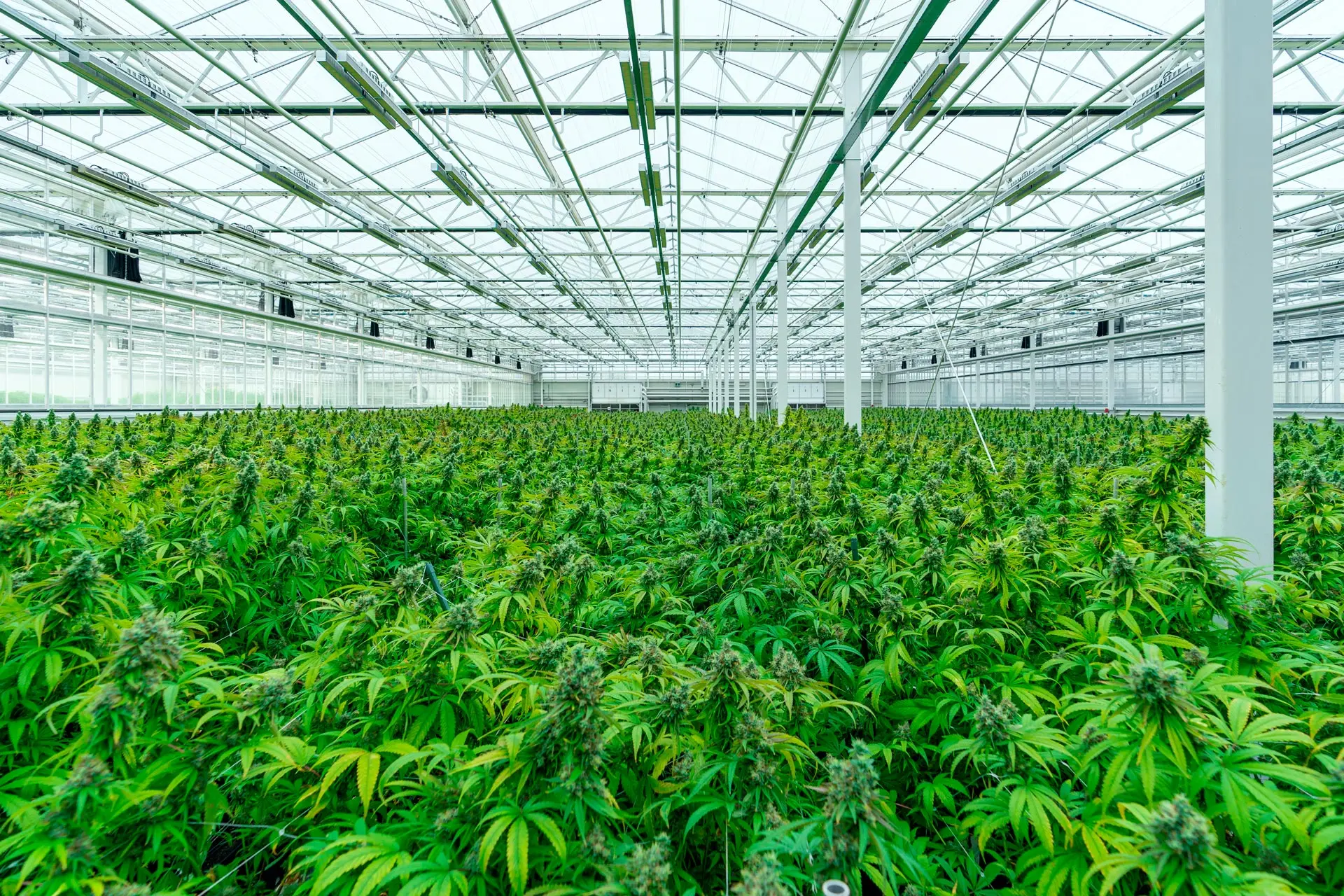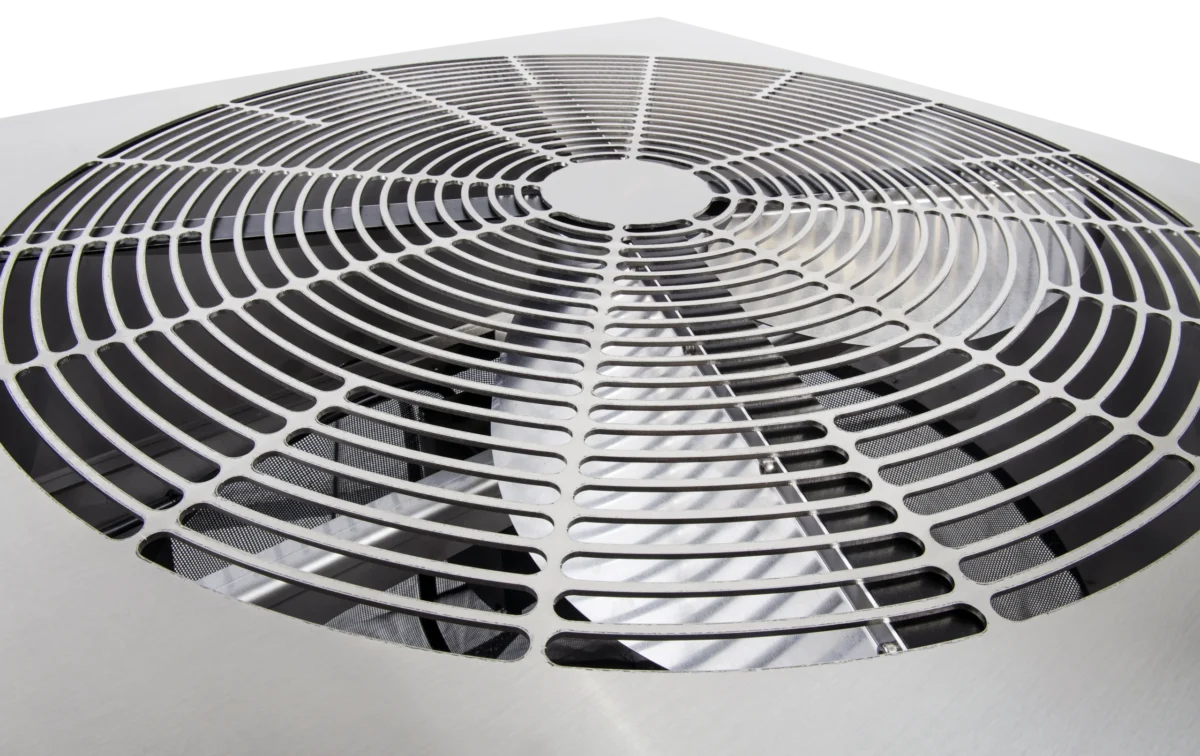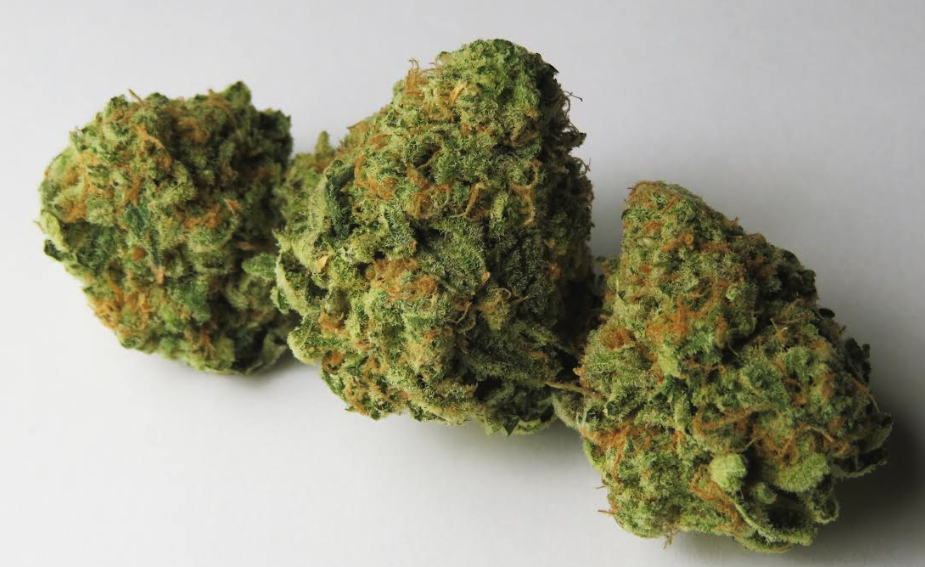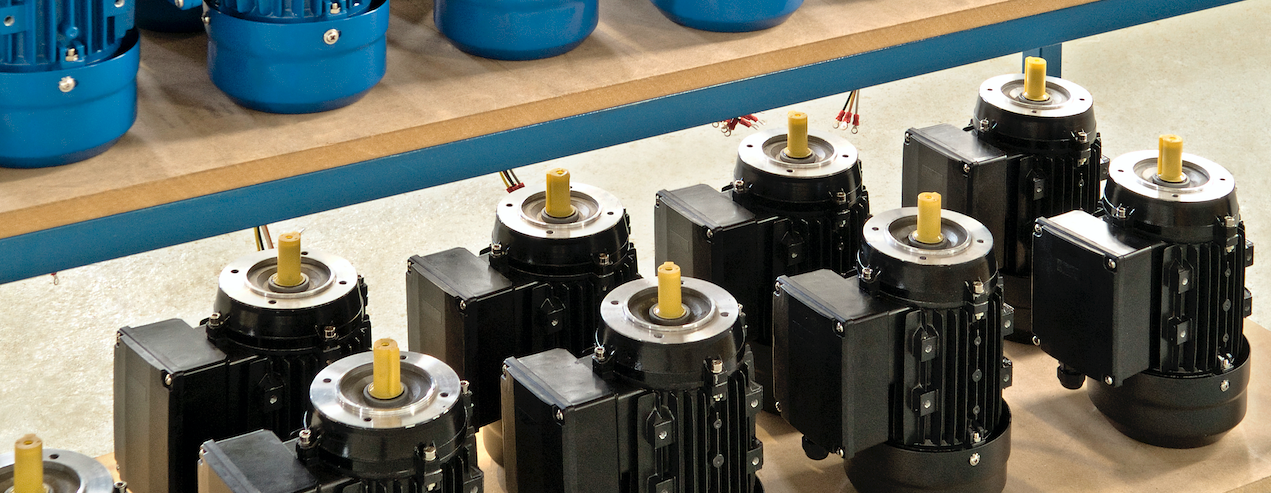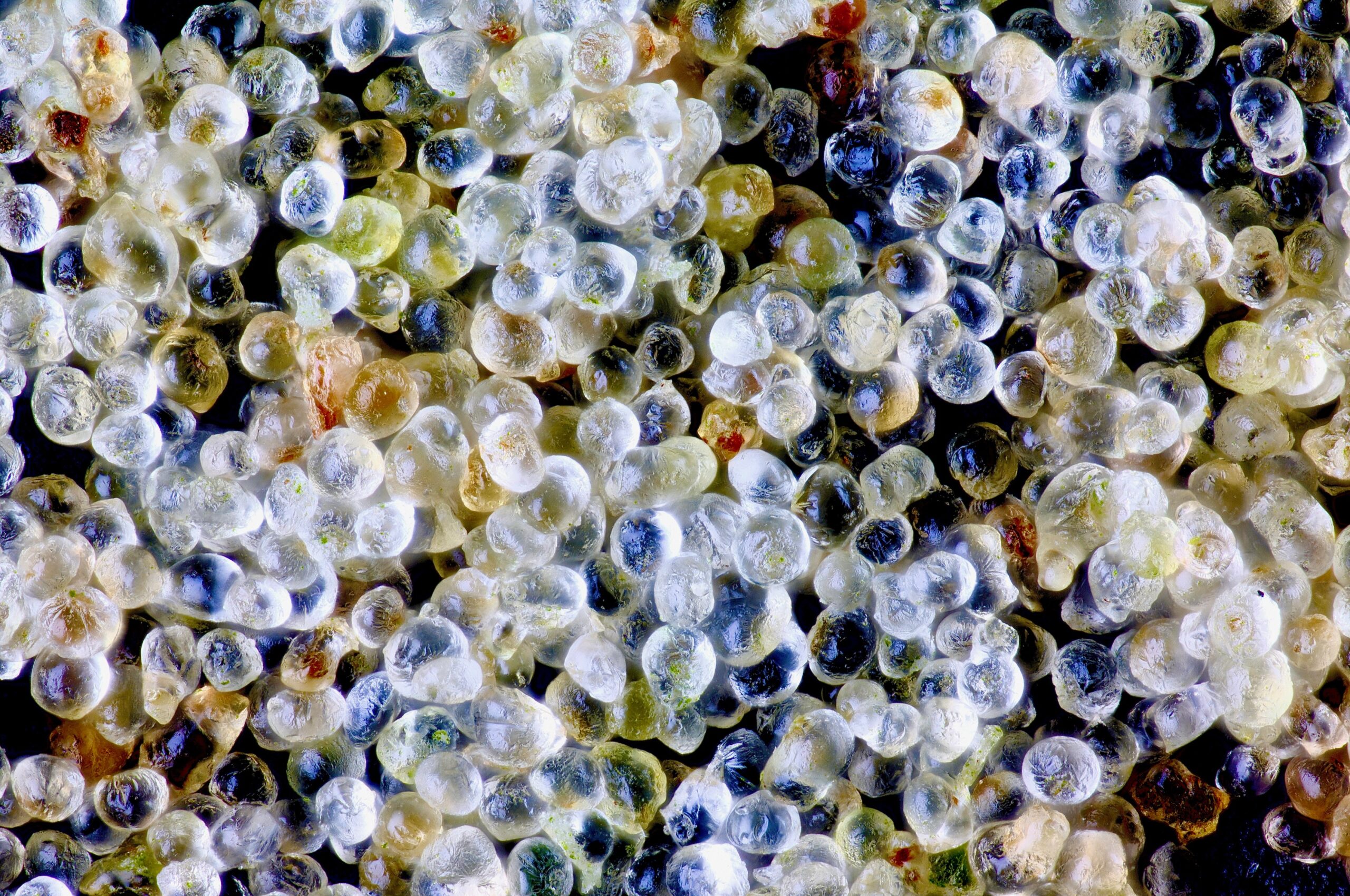Cannabis trichomes are far more than just the sparkling layer that gives flowers their frosty appearance. These microscopic glands play a critical role in defining the plant’s potency, aroma, and overall quality. Understanding how trichomes develop, mature, and respond to cultivation practices allows growers and processors to make informed decisions that directly impact the final product.
What Are Cannabis Trichomes
Trichomes are glandular outgrowths that are form on the surface of cannabis flowers, leaves, and, to a lesser extent, stems. They serve a dual purpose: protecting the plant from environmental stressors while producing and storing cannabinoids, terpenes, and flavonoids.
From a biological standpoint, trichomes act as a natural defense system. They protect against UV radiation, insect predation, and excessive water loss.
Simultaneously, they function as biochemical factories, converting precursor molecules into compounds like THC, CBD, and aromatic terpenes.
Structurally, trichomes consist of a base, stalk, and glandular head filled with resin. Inside this resin is where the highest concentration of cannabinoids and terpenes are found. Although invisible to the naked eye, their density and morphology largely determine the plant’s commercial and therapeutic potential.
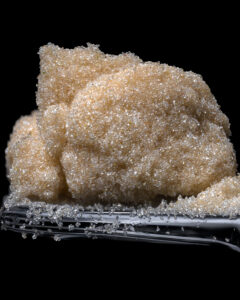
Types of Trichomes Found in Cannabis
There are three main types of trichomes present in cannabis: bulbous, capitate-sessile, and capitate-stalked.
- Bulbous trichomes are the smallest, barely visible structures covering the plant surface. They contribute minimally to cannabinoid content but offer surface protection.
- Capitate-sessile trichomes are slightly larger and begin to produce cannabinoids and terpenes during early flowering stages.
- Capitate-stalked trichomes are the most significant for resin production, dominating the surface of mature flowers and containing the majority of the plant’s bioactive compounds.
When discussing potency and extraction quality, these capitate-stalked trichomes are the ones that matter most.
Factors That Influence Trichome Production
Trichome development is shaped by both genetic and environmental factors. The plant’s genotype determines baseline density, size, and composition, while cultivation parameters dictate how much potential is expressed.
Among environmental variables, light spectrum plays a decisive role. Exposure to UV-B light stimulates trichome formation as a natural defense mechanism.
Likewise, nutrient balance, airflow, and controlled humidity support sustained resin production.
Interestingly, moderate stress can also enhance trichome density. Controlled drought or temperature fluctuations can signal the plant to increase resin secretion, leading to higher cannabinoid and terpene concentrations. Skilled growers manage this balance carefully to maximize both yield and quality.
Trichome Development and Optimal Harvest Timing
Monitoring trichome maturity is one of the most reliable methods for determining the optimal harvest window. As flowering progresses, trichomes evolve in appearance, from transparent to cloudy to amber. This visual shift reflects chemical changes: cannabinoid synthesis peaks during the cloudy phase, while degradation begins once trichomes turn amber.
Harvesting at the right moment ensures maximum potency and balanced cannabinoid ratios. Cutting too early means more precursor acids and fewer active compounds; too late results in THC degradation into C BN, lowering psychoactive intensity but increasing sedative effects.
To evaluate trichome development precisely, growers can rely on portable microscopes and mobile macro lenses, now available for field use in our website (link: falta). These tools allow real-time visual inspection of trichome color and structure, helping cultivators fine-tune harvest timing with accuracy.
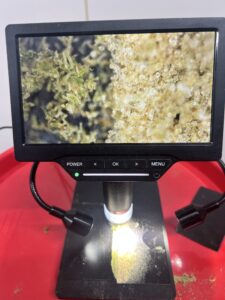
Preserving Trichomes: From Cultivation to Final Product
Trichome preservation is essential for maintaining both chemical integrity and sensory quality. These glands are highly fragile, they can rupture from friction, heat, or mishandling. To prevent loss, gentle trimming, cool working temperatures, and humidity control are key.
All Master Products machines are engineered with trichome protection in mind. Their trimming and processing systems minimize mechanical stress while maintaining efficiency, ensuring that resin-rich glandular heads remain intact throughout post-harvest operations.
A notable innovation in this field is Master Products’ Plasmastatic, an electrostatic trichome separation technology designed to recover trichomes precisely without structural damage. This method enhances yield consistency, purity, and aroma preservation, setting a new standard for modern cannabis processing.
Beyond processing, curing and storage conditions play a decisive role in preserving trichomes. Avoiding heat, oxygen, and direct light prevents oxidation and terpene loss. Maintaining a stable, dark, and cool environment ensures that both potency and flavor remain unaltered over time.
Trichomes as a Quality Benchmark
For expert cultivators and processors, trichome integrity is one of the most reliable quality indicators. A dense, uniform trichome layer signals optimal cultivation conditions and a fully expressed genetic potential.
In industrial settings, trichome health directly affects extraction efficiency and product purity. Damaged or degraded trichomes release chlorophyll and unwanted plant matter, reducing extract quality. Maintaining trichome integrity across every stage, from growth to processing, ensures consistent, high-grade results that meet both consumer expectations and regulatory standards.
Understanding trichomes means understanding how cannabis expresses its full potential: scientifically, sensorially, and economically.

